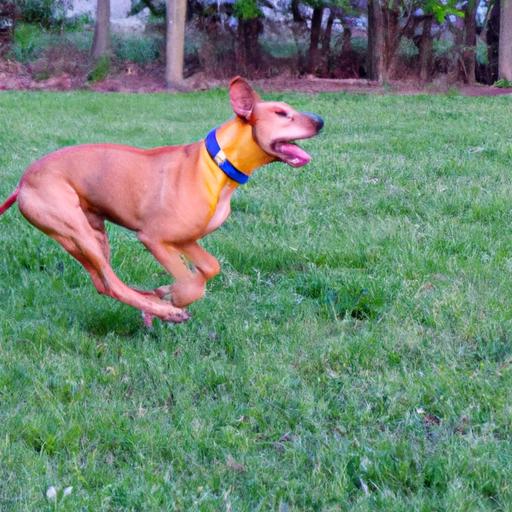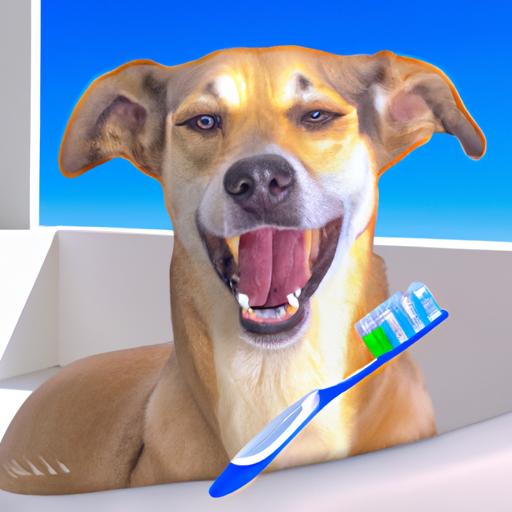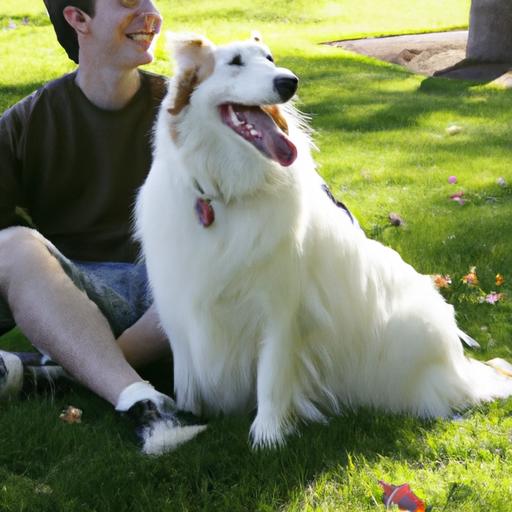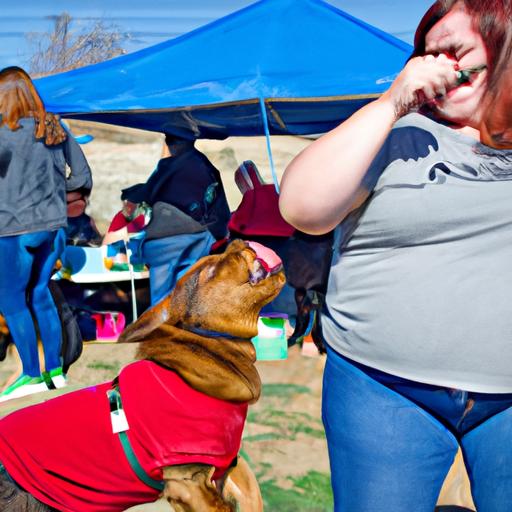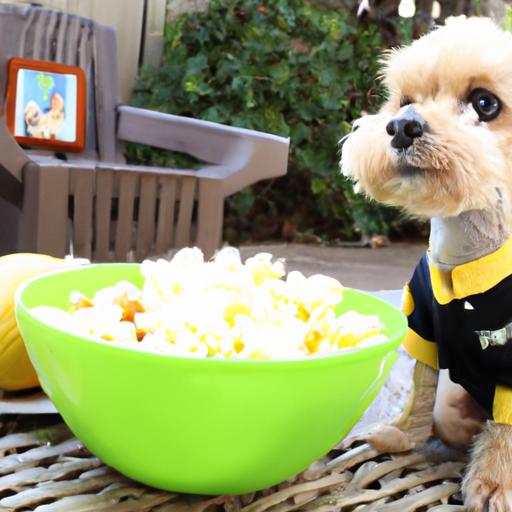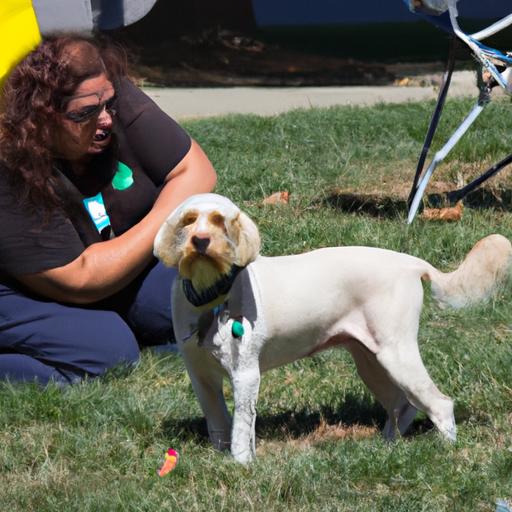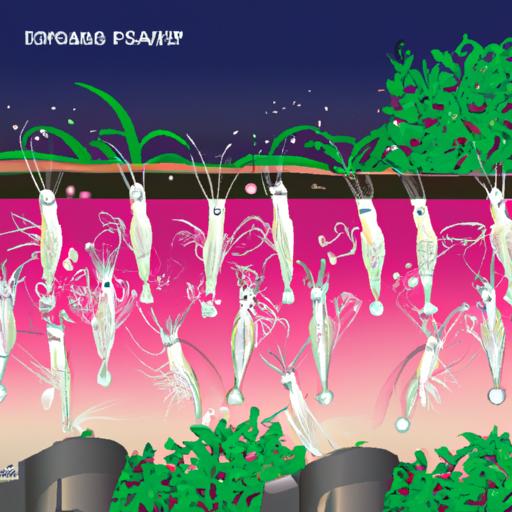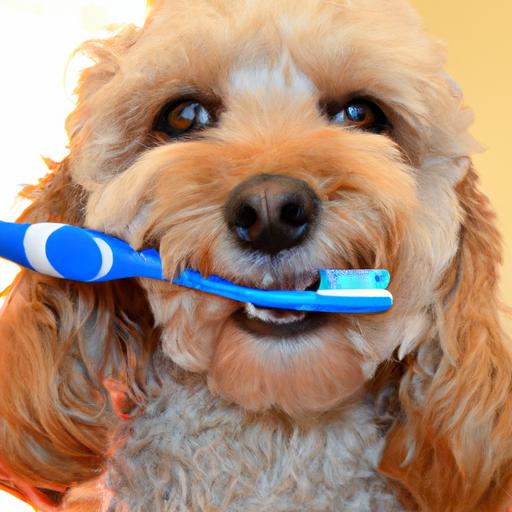
Canine Massage Techniques for Relaxation
Discover effective canine massage techniques for relaxation. Learn how to use effleurage, petrissage, and tapotement to help your dog unwind and find tranquility.
Introduction
Are you looking for effective ways to help your furry friend relax and unwind? Canine massage techniques can be a wonderful solution to help your canine companion find tranquility and relieve stress. In this article, we will explore the various massage techniques that can be used to promote relaxation in dogs. By incorporating these techniques into your dog’s routine, you can enhance their overall well-being and deepen the bond you share. So, let’s dive into the world of canine massage!
Canine Massage Techniques for Relaxation
Massage therapy for dogs has gained popularity in recent years due to its numerous benefits. From reducing anxiety to alleviating muscle tension, canine massage offers a holistic approach to relaxation. Let’s explore some of the most effective techniques you can use to help your dog unwind:
Effleurage Technique
One of the fundamental techniques in canine massage is effleurage. This technique involves gentle stroking and gliding motions over your dog’s body. By using light pressure and long, sweeping strokes, you can stimulate relaxation and improve circulation.
Effleurage has a calming effect on the nervous system and can help your dog release tension. It is an excellent technique to start with, as it allows your dog to become accustomed to the massage and relax into the experience.
Petrissage Technique
The petrissage technique involves kneading and rolling motions using your hands and fingers. This technique targets deeper muscles and tissues, promoting relaxation and relieving stiffness. Petrissage can be particularly beneficial for dogs who experience muscle soreness or stiffness due to aging or physical activity.
By gently lifting and squeezing the muscles, you can increase blood flow and improve flexibility. This technique is especially useful for dogs with arthritis, as it helps to reduce inflammation and enhance joint mobility.
Tapotement Technique
Tapotement is a rhythmic tapping motion that involves using your hands, fingertips, or cupped palms to gently tap or pat your dog’s body. This technique stimulates the nervous system and can invigorate your dog’s muscles, providing a refreshing sensation.
Tapotement is particularly effective in releasing muscle tension and promoting relaxation. It can be used as a finishing technique after performing effleurage and petrissage to awaken your dog’s senses and leave them feeling rejuvenated.
FAQ (Frequently Asked Questions)
Is canine massage safe for all dogs?
Yes, canine massage is generally safe for most dogs. However, it is essential to consult with a professional or your veterinarian before starting any massage therapy, especially if your dog has specific health conditions or injuries.
How often should I massage my dog?
The frequency of canine massage sessions depends on your dog’s individual needs and preferences. Some dogs may benefit from daily massages, while others may find weekly sessions sufficient. Start with shorter sessions and observe your dog’s response to determine the ideal frequency.
Can I use essential oils during a canine massage?
While some essential oils can be beneficial for dogs, it is crucial to use them with caution. Not all essential oils are safe for canine use, and some may be toxic. Consult with a certified aromatherapist or veterinarian before incorporating essential oils into your canine massage routine.
What are the signs that my dog is enjoying the massage?
Watch for signs of relaxation during the massage, such as a lowered heart rate, relaxed muscles, and a calm demeanor. Your dog may also show enjoyment through gentle sighs, soft eye contact, and a willingness to stay in the massage area.
Can I learn to perform canine massage techniques myself?
Absolutely! Learning to perform canine massage techniques can be a rewarding experience for both you and your dog. Consider attending workshops or courses led by certified canine massage therapists to gain the necessary skills and knowledge. Practice on your own dog under professional guidance to ensure you are using the correct techniques and providing the most effective massage.
Conclusion
Incorporating canine massage techniques into your dog’s routine can have a profound impact on their relaxation and overall well-being. The effleurage, petrissage, and tapotement techniques discussed in this article offer valuable tools to help your dog unwind and find serenity.
Remember, always prioritize your dog’s comfort and safety during the massage. If you are unsure or have specific concerns, consult with a professional canine massage therapist or your veterinarian for guidance. By investing time and effort in learning these techniques, you can create a positive and relaxing environment for your beloved canine companion.
So why wait? Start exploring the world of canine massage and unlock a world of relaxation for your furry friend!
Internal Links:
